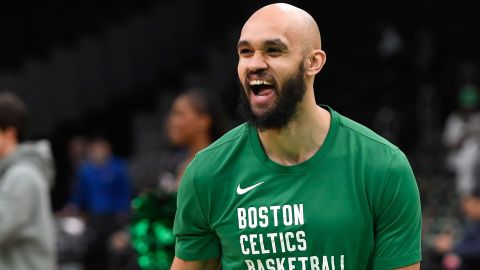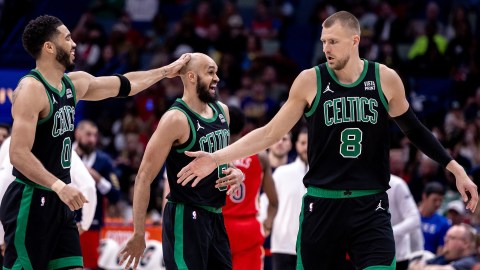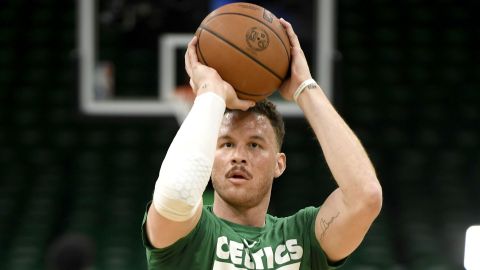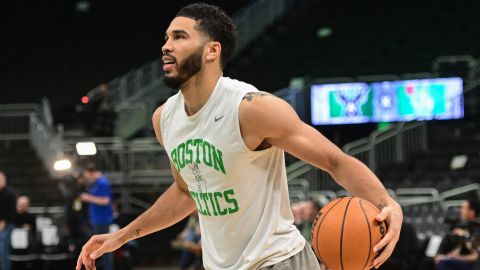 Tiago Splitter, unable to convert a layup after a textbook pass from Manu Ginobili, returned to the bench in a huff. The reserve center was upset at himself not just for missing the shot, but for wasting his teammate’s unselfish play in a pivotal playoff game.
Tiago Splitter, unable to convert a layup after a textbook pass from Manu Ginobili, returned to the bench in a huff. The reserve center was upset at himself not just for missing the shot, but for wasting his teammate’s unselfish play in a pivotal playoff game.
The fact that the San Antonio Spurs were up by more than 20 points hardly was relevant.
Moments like this, from Wednesday night’s Game 2 win in the Western Conference finals, sum up why the Spurs are the NBA’s model organization and why Brad Stevens and the Boston Celtics can believe they have more than one channel out of irrelevance. Trading for a star like Kevin Love might be the quicker and sexier route, but building slowly, with a certain type of player, can be just as rewarding — and potentially more sustainable.
While the hot-takers of sports radio shout that tanking and getting a superstar player is the only way to contend for a championship — a “reality” that is supposedly “all that is wrong” with the NBA — two of the four conference finalists are disproving the lie. The Pacers do not have a single key player who was drafted higher than 10th overall. The Spurs have Tim Duncan, taken first overall in 1997, but he has not been their best player for at least the last seven years.
That honor belongs to Tony Parker, the MVP of the ’07 Finals and who would have been Finals MVP last year if not for Ray Allen’s clutch shot. Parker was drafted 28th in 2001.
It’s not that having good players doesn’t matter. It’s that how a team gets those players doesn’t matter. Drafting a superior talent, sitting back and hoping he becomes the next Michael Jordan is straightforward. Signing or trading for an established superstar is expedient. But four years after “The Decision,” LeBron James and the Miami Heat already face the possibility of breaking up the band. Meanwhile, Gregg Popovich and the Spurs are still in contention 17 years after drafting Duncan and don’t look to be slowing down.
Stevens has never had to rebuild a program from the ground up. He stepped into the head job at a Butler program ready-made to win by his predecessors, Thad Matta and Todd Lickliter. Yet Stevens has the temperament of a grinder, somebody who establishes a philosophy, then adds the personnel and behaviors that fit within that philosophy. Lots of people compare him to Indiana Pacers coach Frank Vogel, who helped turn Paul George (10th pick in 2010), Roy Hibbert (17th pick in 2008) and Lance Stephenson (40th pick in 2010) into All-Star-caliber players.
There is no guarantee the gradual rebuild will be as fruitful in Boston as it has been in San Antonio, Indiana or Oklahoma City, of course, just as there is no guarantee that the one-offseason turnaround will be as easy as it was here in 2007. There is only this: After missing a free throw late in a blowout win over the Brooklyn Nets in Game 4 of Miami’s first-round series, James has his own Splitter-like moment after he failed to convert what would have been his 50th point in this game.
In Miami, the superstar player gets ticked over falling short of an arbitrary statistical threshold. In San Antonio, a role player gets ticked for letting down a teammate.
In Boston, it’s not hard to guess which ethos Stevens would rather have.



